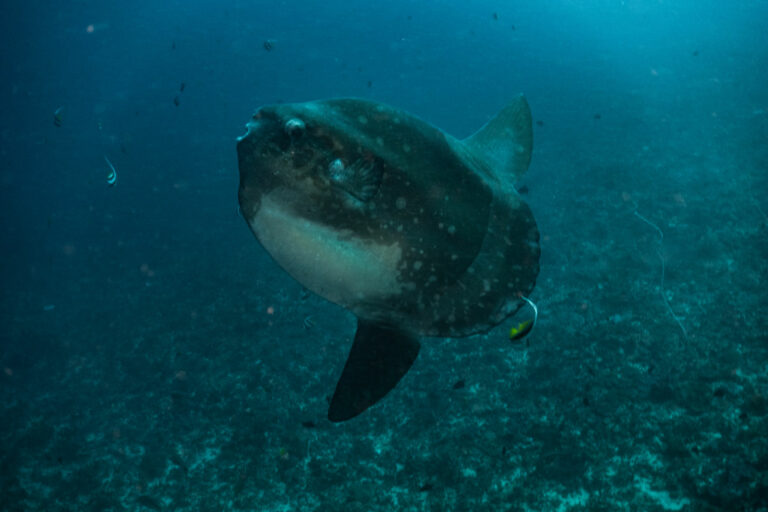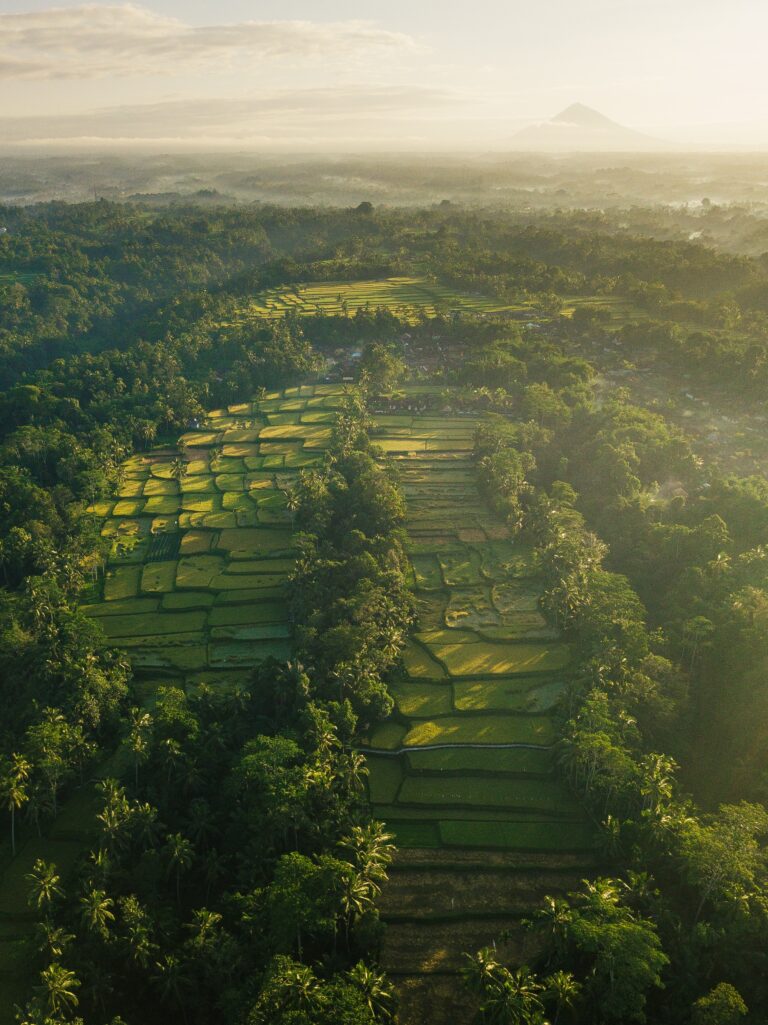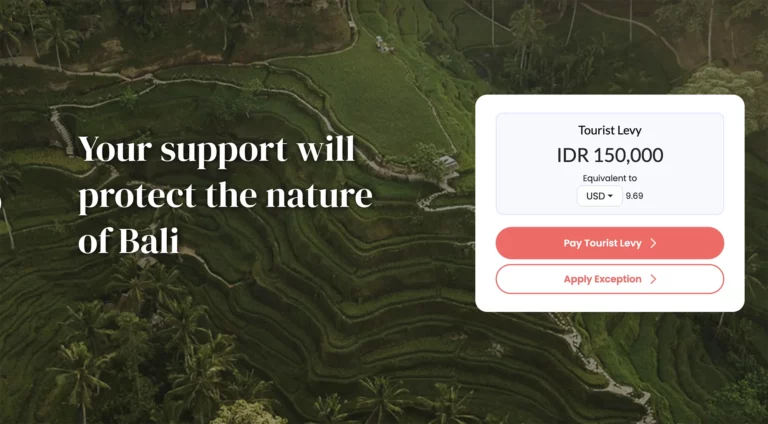Understanding Balinese names can be confusing at first, as they differ from Western conventions by not using any surnames. If your trip takes you to Bali and you aspire to show respect for the local population and their culture, it’s a good idea to dive into understanding their unique naming system. They follow a particular methodology in assigning names. Although each individual has three names, in the manner of Westerners, the similarities end there.
The influence of birth order on names
The importance of birth order is crucial. Every Balinese has an exclusive name identifying his or her birth order among siblings. Indeed, they use « Sanskrit » numbers to mark their place in the siblings, from first to last. An interesting phenomenon occurs in the fifth child, where there is a continuous repetition of birth ordinals, from oldest to youngest.
- First child: Wayan, Putu or Gede
- Second child: Made, Kadek or Nengah
- Third child: Nyoman, Komang
- Fourth child: Ketut
The fifth child, the beginning of a new loop
Things get complex when large Balinese families have to repeatedly assign names to their children.
If we take the example of a family with 8 children, the last will be named « Ketut Balik », meaning « yet another fourth in the line », and so on. It is not uncommon to find several Wayans, Ketuts, Nyomans, Komangs, etc., in the same family and living under the same roof.
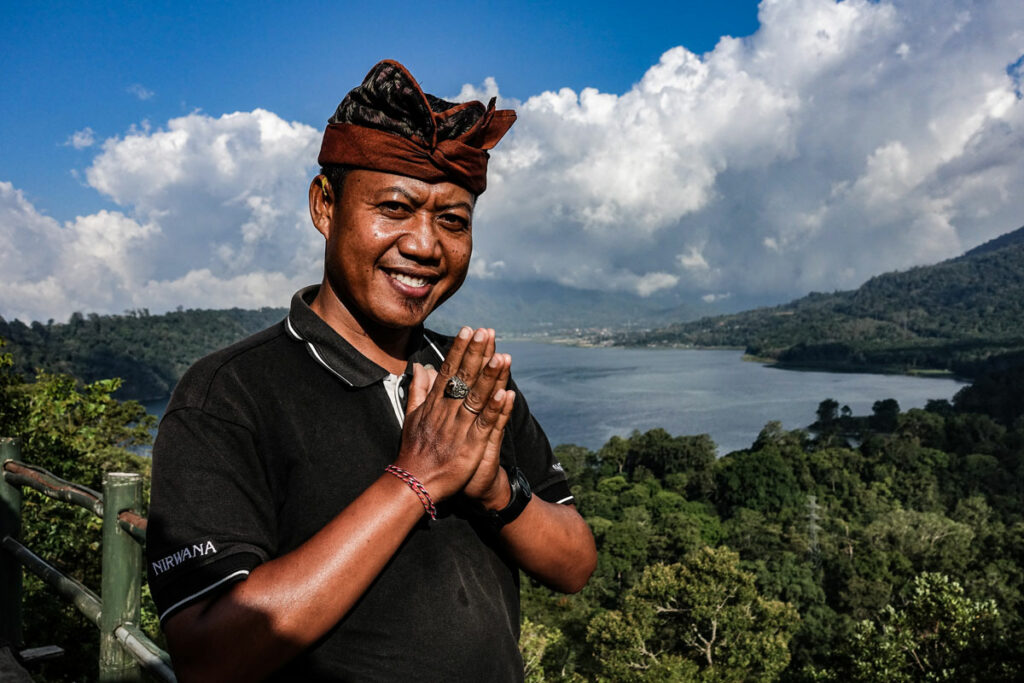
The influence of the caste system on Balinese names
Understanding Balinese names also means understanding Bali’s social caste system. This approach represents a significant departure from Western norms. Bali’s caste system, the Catur Warna, classifies the Sudra, or 95% of the population, as the people’s caste. This includes ordinary citizens, peasants and servants. The remaining 5% are divided into three castes. Vaishya, located just above Sudra, comprises mainly merchants and landowners. The Khsatriya, above the Vaishya, are mainly warriors and kings. The highest castes, Bhramin, Ksatria and Waisya, have evolved; Bhramin, once Hindu priests, now includes academics, intellectuals, economists, aristocrats and lawyers. The gender distinction in Bhramin uses « Ida Bagus » for men and « Ida Ayu » for women. Caste names generally precede ordinal names, establishing a hierarchy with titles preceding names.
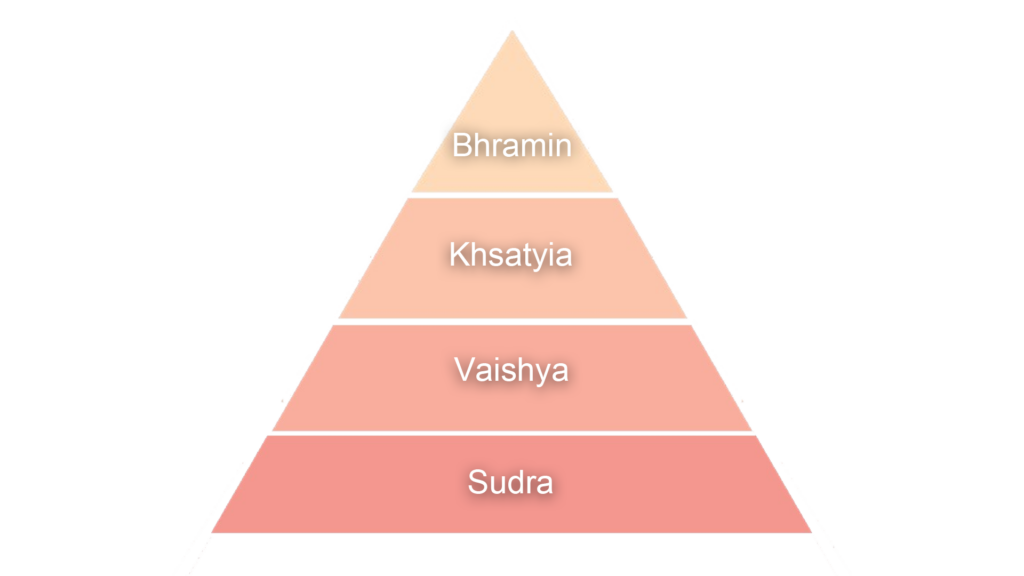
Personal names
Personal names conclude Balinese naming, equivalent to first names in English. Many generations prefer to use only their personal names for greater clarity. These personal names, always imbued with beauty or natural features, offer an opportunity for deeper connection if you get close to a Balinese during your stay. However, don’t ask directly about the meaning of their personal nickname on first meeting, as this could be considered direct and impolite.
Gender distinction
The distinction between boys and girls names is a rule in Bali. A separate set of names is reserved for girls, making it easier to identify their gender. Although this distinction becomes obvious in adolescence, it is difficult to differentiate small children in terms of gender. This is why prefixes such as « Ni » for girl’ or « I » for boys are added.
If you would like to learn more about the balinese culture and its people, the best way is to spend a few days with a Balinese guide. Contact us by filling in this form, so that we can prepare the trip of your dreams.

